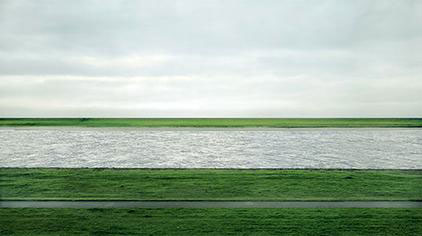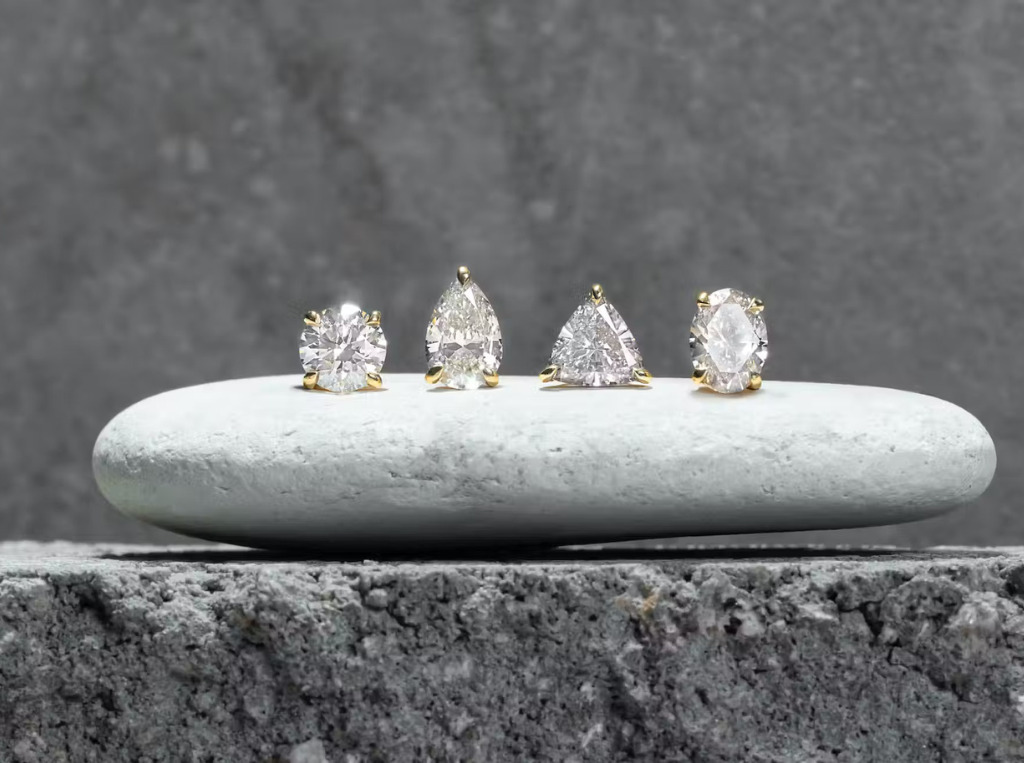The Rhine is often imagined of as the inspiration for the world’s terrific fairy tales and poetry – but “Rhine romanticism” swept the art world at the conclude of the 18th century many thanks to the legendary riverscapes and websites alongside the breadth of the river. The Rhine is extremely photogenic (as seen above in a guest image taken on a Tauck Rhine river cruise) – and is as properly regarded as the inspiration for pictures and prints as art, as you’ll uncover with the story of “Stripes of Inexperienced and Gray.”

In 2011, Andreas Gursky’s image Rhein II (at correct) was marketed for $4,338,500 at a Christie’s auction – breaking the record for the most costly photograph ever sold at auction. The German photographer is renowned in the pictures globe, and has images on screen from London’s Tate Present day to the Museum of Art in New York City. He has offered other shots at auction for sizeable sums – but this photo, and this quantity, broke the file for the most pricey photograph ever sold at auction.
Francis Outred, who was the head of Europe in publish-war and modern artwork at Christie’s, informed NPR: “The Rhine is ‘one of the most symbolic motifs in German artwork it operates by Andreas Gursky’s hometown of Dusseldorf, as nicely as 6 European international locations, and has encouraged artwork for generations. This image is extraordinary: “One of the most strong and profound depictions at any time to be made of the Rhine, the photo’s special scale draws an ineffable website link to the true pure landscape, inviting the viewer to cross above into its vivid photo airplane.”
The picture steps 6 x 11 toes and symbolizes Gursky’s unique method of combining film and digital processes. According to the Tate, “The Rhine II was made in an version of six Tate owns the fifth in the series. This large color photograph depicts a extend of the river Rhine outside the house Düsseldorf. The graphic is immediately legible as a view of a straight stretch of h2o, but it is also an summary configuration of horizontal bands of color of varying widths. The horizon line bisects the image virtually specifically in the middle. Previously mentioned it the overcast sky is a blue-gray. In the base fifty percent of the graphic, the river is a glassy, unbroken band involving inexperienced stripes of grass. At the base of the photograph in the quick foreground is a slim path. Below it is yet another slender band of manicured inexperienced grass.”
“Gursky performs with a medium structure digicam, taking photographs which he then scans into a laptop or computer where he can manipulate them. His goal in working with digital technology is not to make fictions but fairly to heighten the image of something that exists in the earth. He has described the genesis of this operate, expressing, ‘there is a specific position with a perspective above the Rhine which has somehow constantly fascinated me, but it didn’t suffice for a image as it fundamentally constituted only aspect of a picture. I carried this strategy for a photo all around with me for a 12 months and a half and thought about irrespective of whether I should maybe to transform my viewpoint … In the close I determined to digitalise the photos and depart out the components that bothered me.’ Gursky digitally erased structures on the significantly facet of the river from his image. Gursky’s photograph is a detached remark on the elegant connotations of Romanticism.”
And but to most onlookers, as noted by quite a few critics and publications, the prized Rhine image is summed up basically as “stripes of eco-friendly and gray”…
Just take a glimpse down below at some intriguing documentaries profiling not only Andreas Gursky, but other art and artists influenced by the Rhine and rivers of Europe:
Exploring…






More Stories
Fitness outside the Gym: Try Kitesurfing for Holiday Fitness
Finch Bay Galapagos Hotel {Review}
Complete Guide to Visit the Arenillas Ecological Reserve in Ecuador